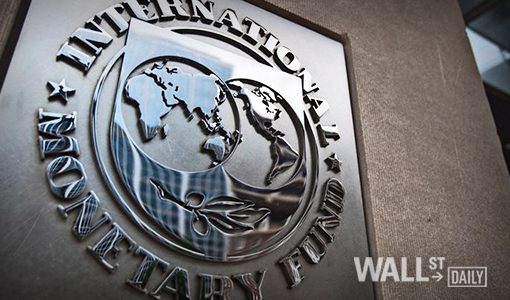
Last week, the IMF admitted the Chinese renminbi to the Special Drawing Right with a surprisingly large weighting of 10.92%.
That makes it the third-largest weighting, more than the weightings of sterling and the yen.
This should increase the proportion of world trade invoiced in renminbi and, over the long term, remove restrictions on Chinese citizens owning foreign assets, strengthening the Chinese economy itself.
Income investors seeking to buy a “piece of China” should be relieved that a number of Chinese companies pay decent dividends.
In fact, China is a relatively favorable environment for Americans seeking dividend income, in part because its relatively low withholding tax can be offset against U.S. taxes.
Additionally, Chinese investments are better than most foreign holdings in a tax-free account like an IRA, since the income loss from the withholding tax is moderate – 10% rather than the 20% of many countries.
Slow and Steady Wins the Race
While income investors should look seriously at China, they shouldn’t go overboard.
The country is suitable for only a modest part of the overall portfolio, and the IMF’s allocation of 10.92% is too high for an individual investor. A more sensible allocation would be 5%.
There are a lot of bad assets in the Chinese banking system and in Chinese real estate, resulting from the “stimulus” overbuilding of 2009-10, which are sure to cause a financial crisis at some point.
Still, the long-term prospects for China are so good, and the valuations so reasonable, that a modest allocation to Chinese income stocks seems sensible.
Thus “scaled-in buying” of Chinese assets – acquiring a little now and a little more each year – and taking advantage of any market downdrafts would seem an optimal strategy.
As an additional benefit, I’d expect the renminbi to appreciate generally against the dollar over the next several years – increasing the value of Chinese dividends from companies engaged primarily in domestic business.












Leave A Comment